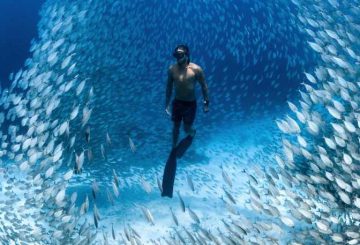最近の国民投票で、オーストラリア人は、先住民を認めることを目指す国の憲法改正案に断固として反対票を投じました。その結果、「先住民の声を議会に送る」という提案は、必要な過半数を獲得できなかったことが明らかになった。
有権者のうち、60パーセントが改革に反対し、40パーセントが賛成した。全国の6つの州のうち、1州を除いてすべてがこの提案を拒否した。ビクトリア州の支持票数は 46% と最も多く、クイーンズランド州は 32% と最も低かった。
アンソニー・アルバネーゼ首相は、今回の国民投票は国を統一するための努力の終わりではないと述べ、和解の取り組みを継続することを誓った。
オーストラリアの先住民は、総人口2600万人の約3.8パーセントを占め、65,000年以上にわたる豊かな歴史があります。それにもかかわらず、彼らは憲法で認められておらず、健康や住宅などさまざまな分野で格差に直面しています。支持者たちは、先住民の代表を憲法に組み込むことは国民和解を促進すると考えているが、批判者たちは、それが分裂を招く可能性があると主張している。
歴史的に、1901年にオーストラリアが建国されて以来、44回の国民投票のうち、成功したのは8回だけでした。今回の国民投票は、25年近く前に共和国の提案が却下されて以来、オーストラリアで初めての国民投票でした。
この投票に先立って、重大な誤報キャンペーンが行われ、オーストラリアにおけるフェイクニュースの役割に対する懸念が高まった。ソーシャルメディアで流布された虚偽の主張は、提案されている「先住民の声を議会に送る」という提案は、第3の議会会議室につながり、アボリジニのコミュニティに経済的に不釣り合いな利益をもたらすだろうと示唆した。
アルバネーゼ首相は、一部のメディアが国民投票の主要課題から議論を逸脱させていると批判した。





























































